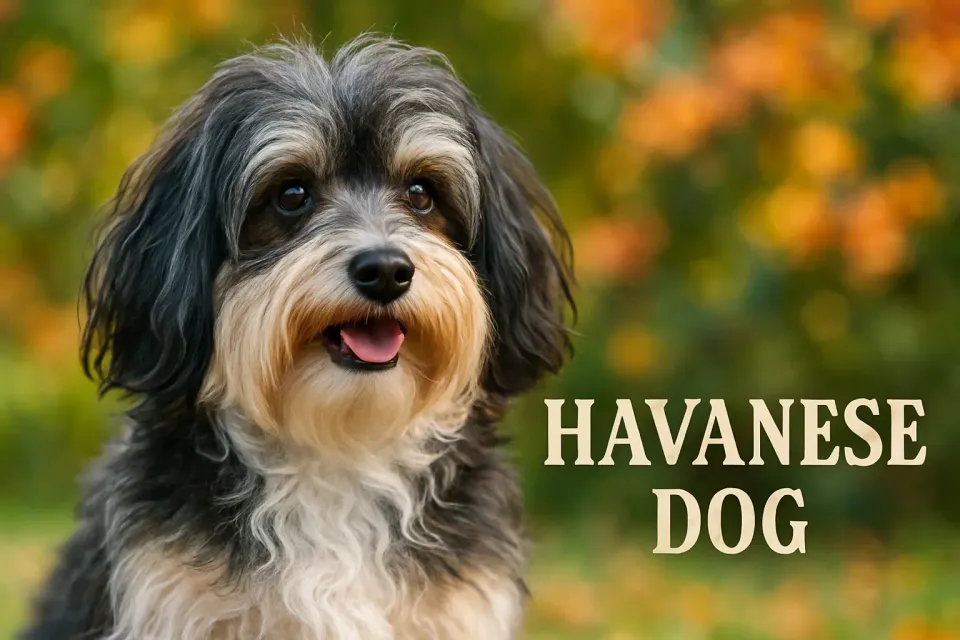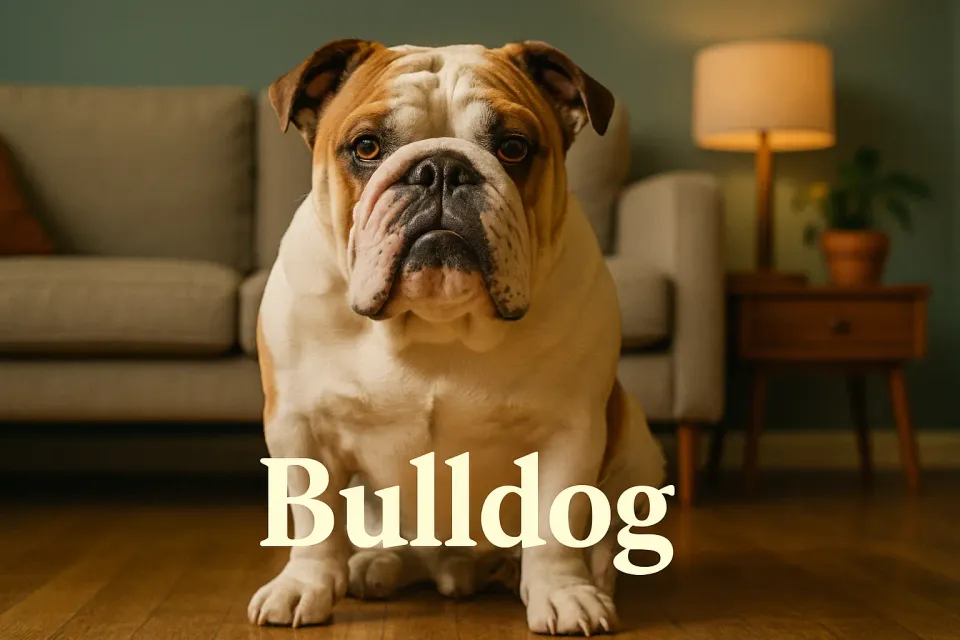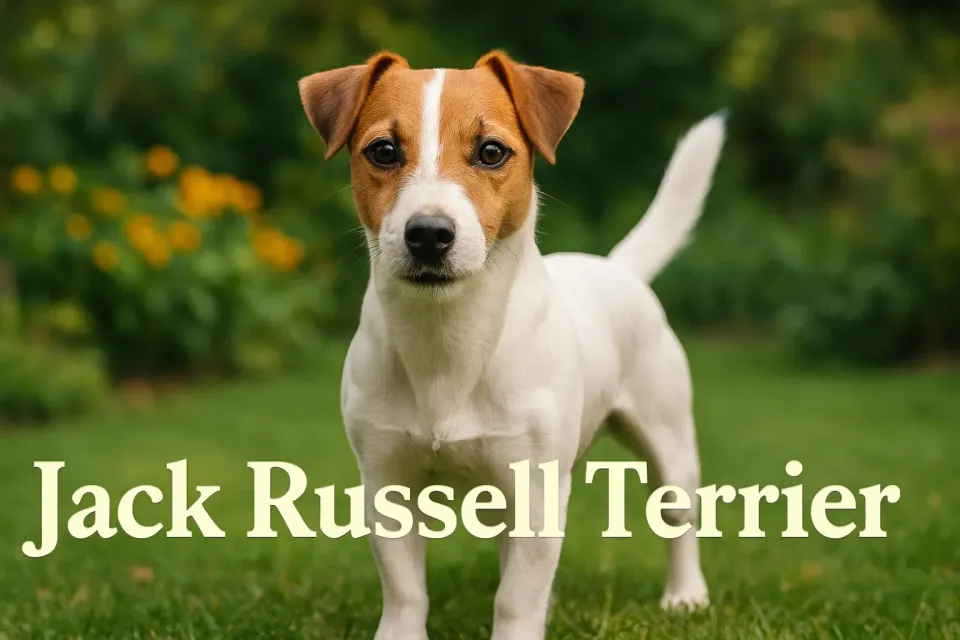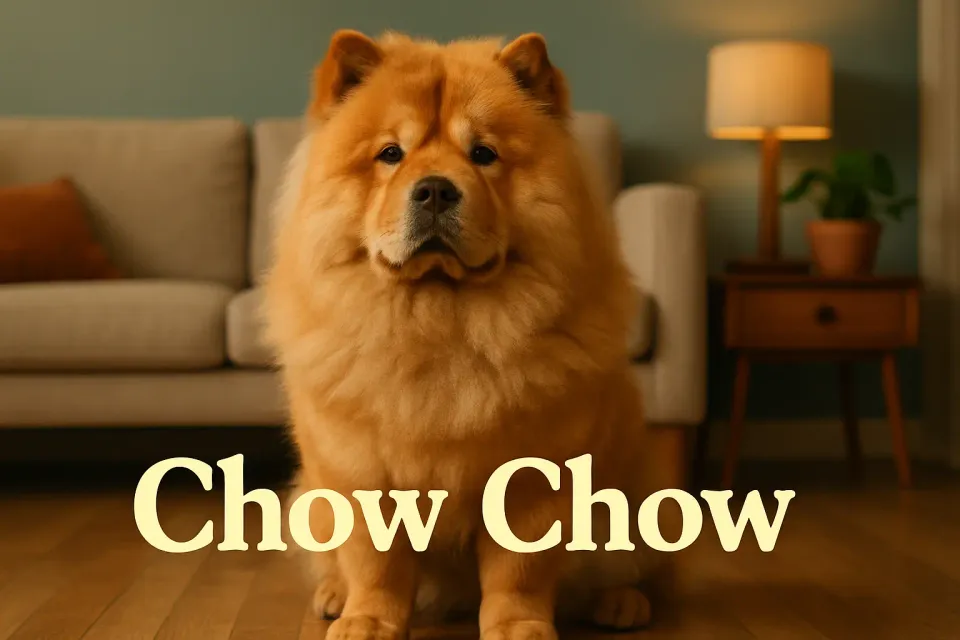Pug: Your Ultimate Guide to This Adorable Breed 🐶

The Pug is a small dog breed with a big personality, known for its wrinkled face, expressive eyes, and compact, cuddly build. Originating in ancient China over 2,000 years ago, Pugs have become beloved companions worldwide, including in India, where their adaptability to urban living and affectionate nature make them a popular choice. With their playful demeanor and love for human company, Pugs are perfect for families, singles, and seniors alike. This comprehensive guide explores everything you need to know about the Pug, from its fascinating history and unique traits to care, training, and adoption tips. Whether you’re considering adding a Pug to your home or simply curious about this endearing breed, this guide is your go-to resource. 🌟
For a broader perspective on popular breeds, check out Dog Breeds in India.
History of the Pug 📜
The Pug boasts an ancient lineage, dating back to China’s Han Dynasty (206 BCE–200 CE), where they were cherished by emperors as royal lapdogs. Known as “Lo-Sze,” Pugs were pampered companions, often living in luxury. In the 16th century, Pugs were brought to Europe by Dutch traders, gaining popularity among European royalty, including Queen Victoria. Their name likely derives from the Latin “pugnus,” meaning “fist,” due to their clenched-face appearance.
By the 19th century, Pugs became global favorites, and in India, their small size and low exercise needs have made them a top choice for urban pet owners. Today, Pugs are celebrated for their charm and adaptability, thriving in diverse settings. 🐕
Characteristics of the Pug 🐾
Pugs are instantly recognizable for their distinctive looks and lovable personality. Here’s a closer look at what defines this breed:
Physical Appearance
- Size: Small, standing 10–13 inches tall at the shoulder.
- Weight: 14–18 pounds for both males and females.
- Coat: Short, smooth, and glossy, typically in fawn (light tan with a black mask) or black.
- Lifespan: 13–15 years with proper care.
The Pug’s wrinkled face, curled tail, and big, round eyes give it an irresistibly expressive appearance.
Temperament
Pugs are known for their affectionate, playful, and sociable personality. Key traits include:
- Loving: Thrive on human companionship and love cuddling.
- Playful: Enjoy light-hearted games and clownish antics.
- Sociable: Get along well with children, other pets, and strangers.
- Laid-Back: Content to relax, making them great for low-energy households.
These qualities make the Pug a delightful companion for a wide range of owners.
Why Choose a Pug? 🌟
Pugs are an excellent choice for those seeking a low-maintenance, affectionate pet. Here’s why Pugs stand out:
- Apartment-Friendly: Their small size and moderate exercise needs suit urban living.
- Low Grooming Needs: Short coats require minimal upkeep.
- Family-Oriented: Gentle and patient, ideal for homes with kids or seniors.
- Entertaining: Their quirky personality keeps owners amused.
Whether you’re a busy professional or a family with children, Pugs bring joy and warmth to any home.
Caring for a Pug 🧼
Owning a Pug requires attention to their specific needs to ensure their health and happiness. Here’s a detailed guide to their care:
Diet and Nutrition 🍽️
A balanced diet is crucial for the Pug’s health, as they are prone to obesity.
- Food Type: High-quality dry kibble or wet food formulated for small breeds. Choose options with protein sources like chicken or fish.
- Portion Size: ½–1 cup of food daily, split into two meals, adjusted for age, weight, and activity level.
- Treats: Use low-calorie treats like green beans or small pieces of apple for training. Avoid human foods like chocolate or grapes.
- Hydration: Ensure constant access to fresh water, especially in warm weather.
Consult a vet to create a diet plan, as Pugs can gain weight quickly if overfed.
Grooming 🛁
The Pug’s short coat is low-maintenance but requires regular care to manage shedding and skin issues.
- Brushing: Brush weekly with a soft-bristle brush to remove loose hair and distribute natural oils.
- Bathing: Bathe every 4–6 weeks with a gentle dog shampoo to avoid drying out their skin.
- Wrinkle Cleaning: Clean facial wrinkles daily with a damp cloth and dry thoroughly to prevent infections.
- Nail Trimming: Trim nails every 3–4 weeks to prevent discomfort.
- Ear Cleaning: Clean ears weekly to avoid infections, as Pugs are prone to ear issues.
- Dental Care: Brush teeth 2–3 times a week to maintain oral health.
Regular grooming keeps your Pug clean and comfortable.
Exercise Needs 🏃♂️
Pugs have moderate exercise needs, requiring 30–60 minutes of daily activity to stay healthy.
- Activities: Short walks, indoor play, or light fetch games are ideal. Avoid strenuous exercise in hot weather due to their breathing challenges.
- Mental Stimulation: Puzzle toys and training exercises engage their curious minds.
- Socialization: Regular interactions with people or pets enhance their sociability.
A well-exercised Pug is less likely to develop behavioral issues like excessive chewing.
Training a Pug 📚
Pugs are intelligent but can be stubborn, so training requires patience and positive reinforcement.
Basic Commands
Teach commands like sit, stay, come, and down using treats and praise.
- Consistency: Practice 5–10 minutes daily to reinforce commands.
- Motivation: Pugs respond well to food rewards but avoid overfeeding.
Socialization
Early socialization helps Pugs become confident and friendly adults.
- Puppy Classes: Enroll in group classes to improve manners and social skills.
- Exposure: Introduce them to various people, pets, and environments like parks or cafes.
Managing Their Stubbornness
Pugs may test boundaries, so maintain firm but gentle leadership.
- House Training: Be consistent with potty breaks, as Pugs can be slow to housetrain.
- Bark Control: Train to reduce excessive barking at visitors or noises.
With patience, Pugs can become well-mannered companions.
Health Concerns for Pugs 🩺
Pugs are prone to certain health issues due to their brachycephalic (flat-faced) structure. Regular vet visits are crucial.
- Brachycephalic Syndrome: Breathing difficulties due to short snouts. Avoid overheating and monitor for snoring or labored breathing.
- Obesity: Their love for food can lead to weight gain. Monitor portions and exercise.
- Eye Issues: Protruding eyes are prone to corneal ulcers or dry eye. Check regularly.
- Skin Allergies: Wrinkles can trap moisture, leading to infections. Keep clean and dry.
- Hip Dysplasia: Less common but possible, affecting mobility.
Preventive Care
- Vaccinations: Follow a vet-recommended schedule for vaccines like rabies and parvovirus.
- Flea and Tick Control: Use monthly preventives to protect against parasites.
- Spaying/Neutering: Reduces health risks and curbs behavioral issues.
Proactive care ensures your Pug enjoys a long, healthy life.
Adopting a Pug in India 🏡
Adopting a Pug in India is rewarding but requires careful planning.
Where to Adopt
- Reputable Breeders: Choose breeders registered with the Kennel Club of India (KCI) who provide health clearances.
- Rescue Organizations: Groups like Blue Cross of India or local shelters may have Pugs for adoption.
- Pet Shops: Verify the source to avoid puppy mills, which prioritize profit over animal welfare.
Cost of a Pug
- Puppy Price: INR 15,000–30,000 from reputable breeders, depending on lineage.
- Monthly Expenses: INR 3,000–6,000 for food, grooming, and vet care.
Questions to Ask Breeders
- Are the parents tested for hip dysplasia and eye conditions?
- Can I see the puppy’s living conditions and meet the parents?
- What vaccinations and deworming have been done?
Adopting a Pug from a trusted source ensures a healthy, happy pet.
Pugs as Family Pets 👨👩👧👦
Pugs are exceptional family pets due to their affectionate and sociable nature.
- With Children: Gentle and playful, they’re great with kids. Supervise young children to prevent rough handling.
- With Other Pets: Friendly with dogs, cats, and smaller pets when socialized early.
- In Apartments: Ideal for small spaces due to their size and moderate exercise needs.
A Pug brings warmth and laughter to any household with proper care.
Fun Facts About Pugs 🎉
- Royal Favorites: Pugs were cherished by Chinese emperors and European royalty, including Napoleon’s wife, Josephine.
- Movie Stars: Pugs have appeared in films like Men in Black and The Secret Life of Pets.
- Social Media Darlings: Pugs like Doug the Pug have millions of Instagram followers.
- Unique Sounds: Their snorts and snores are part of their quirky charm.
These facts highlight why Pugs are such a beloved breed.
FAQs About Pugs ❓
Are Pugs good for first-time owners?
Yes, their affectionate nature makes them great for beginners, but their health needs require attention.
How much exercise do Pugs need?
They need 30–60 minutes of daily activity, like short walks or playtime.
Do Pugs shed a lot?
They shed moderately year-round, with weekly brushing keeping it under control.
Are Pugs good with kids?
Yes, their gentle and playful nature makes them great for families.
How much does a Pug cost in India?
Puppies cost INR 15,000–30,000, with monthly expenses of INR 3,000–6,000.
What health issues do Pugs face?
Common concerns include breathing issues, obesity, and eye problems. Regular vet care is key.
Conclusion: Why the Pug Is the Perfect Companion ✨
The Pug is a delightful breed, combining charm, affection, and a playful spirit that wins over pet lovers worldwide. From their royal history and expressive faces to their adaptability in India’s urban settings, Pugs are truly special. By providing proper care, training, and love, you can ensure your Pug thrives as a loyal companion. Whether you’re adopting a puppy or learning more about this breed, the Pug promises a lifetime of joy and cuddly moments. Start your journey with a Pug today and welcome a furry friend who’ll brighten your days! 🐶🌟





